Nanotechnology, the manipulation of matter on an atomic or molecular scale, has emerged as a groundbreaking field with significant implications for various sectors, including agriculture. In India, where agriculture is a cornerstone of the economy and livelihoods, nanotechnology offers innovative solutions to enhance productivity, sustainability, and efficiency. This article explores the applications, benefits, challenges, and future prospects of nanotechnology in Indian agriculture.
Applications of Nanotechnology in Agriculture
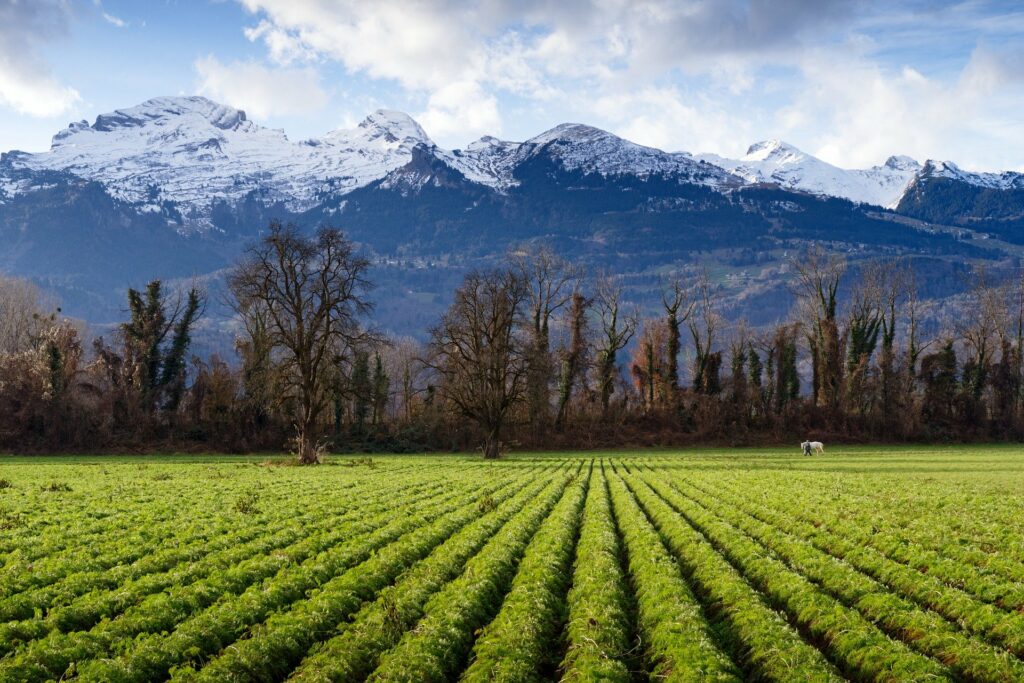
Nanofertilizers
Enhanced Nutrient Delivery: Nanofertilizers, which are fertilizers engineered at the nanoscale, provide a controlled release of nutrients, improving their availability to plants. This reduces nutrient runoff and increases fertilizer use efficiency.
Customized Formulations: Nanotechnology enables the development of fertilizers tailored to specific crop needs and soil conditions, enhancing growth and yield.
Nanopesticides
Targeted Pest Control: Nanopesticides are designed to deliver active ingredients directly to pests or disease sites, minimizing the use of chemicals and reducing environmental impact.
Improved Efficacy: Nanopesticides can improve the efficacy of pest control measures by increasing the penetration and retention of active ingredients.
Soil Improvement
Soil Remediation: Nanotechnology can be used to remediate contaminated soils by removing or neutralizing pollutants, improving soil health and fertility.
Water Retention: Nanomaterials such as hydrogel nanoparticles can enhance soil water retention, reducing the need for frequent irrigation and improving drought resistance.
Disease Detection and Management
Biosensors: Nanotechnology-based biosensors can detect plant diseases at early stages, allowing for timely intervention and reducing crop losses.
Diagnostic Tools: Nanoparticles can be used in diagnostic tools to identify pathogens and monitor plant health with high sensitivity and accuracy.
Precision Agriculture
Remote Sensing: Nanotechnology-enabled sensors and imaging systems can provide detailed information on crop health, soil conditions, and environmental factors, supporting precision farming practices.
Data Analytics: Nanotechnology can be integrated with data analytics and machine learning to optimize agricultural practices and decision-making.
Benefits of Nanotechnology in Agriculture
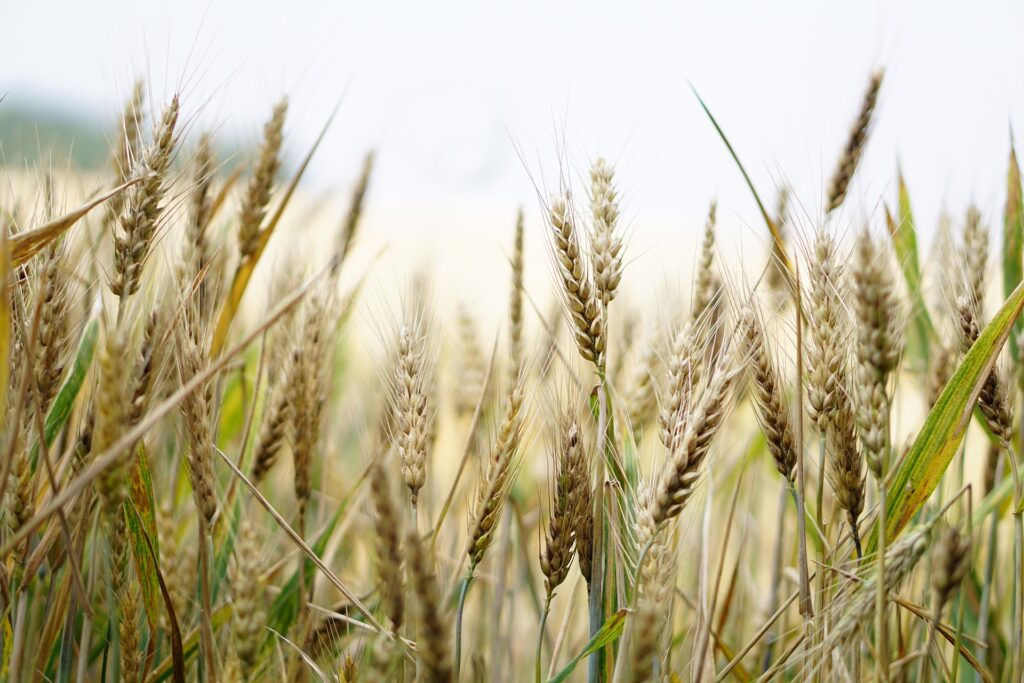
Increased Crop Yields
Efficient Nutrient Use: Nanofertilizers and nanopesticides improve the efficiency of nutrient and chemical usage, leading to higher crop yields and reduced wastage.
Enhanced Growth: By providing targeted nutrients and pest control, nanotechnology promotes healthier plant growth and increased productivity.
Environmental Sustainability
Reduced Chemical Use: Nanotechnology helps minimize the use of conventional fertilizers and pesticides, reducing chemical runoff and environmental pollution.
Soil and Water Conservation: Nanomaterials that improve soil health and water retention contribute to more sustainable farming practices and conservation of natural resources.
Economic Benefits
Cost Savings: Efficient use of inputs and reduced losses from pests and diseases lead to cost savings for farmers and increased profitability.
Market Competitiveness: Advanced technologies enhance crop quality and yields, improving market competitiveness and farmer incomes.
Improved Food Safety
Enhanced Monitoring: Nanotechnology-based sensors and diagnostic tools provide accurate and timely information on crop health and food safety, ensuring high-quality produce.
Reduced Contamination: Effective pest and disease management through nanotechnology reduces the risk of contamination and improves food safety standards.
Challenges and Considerations
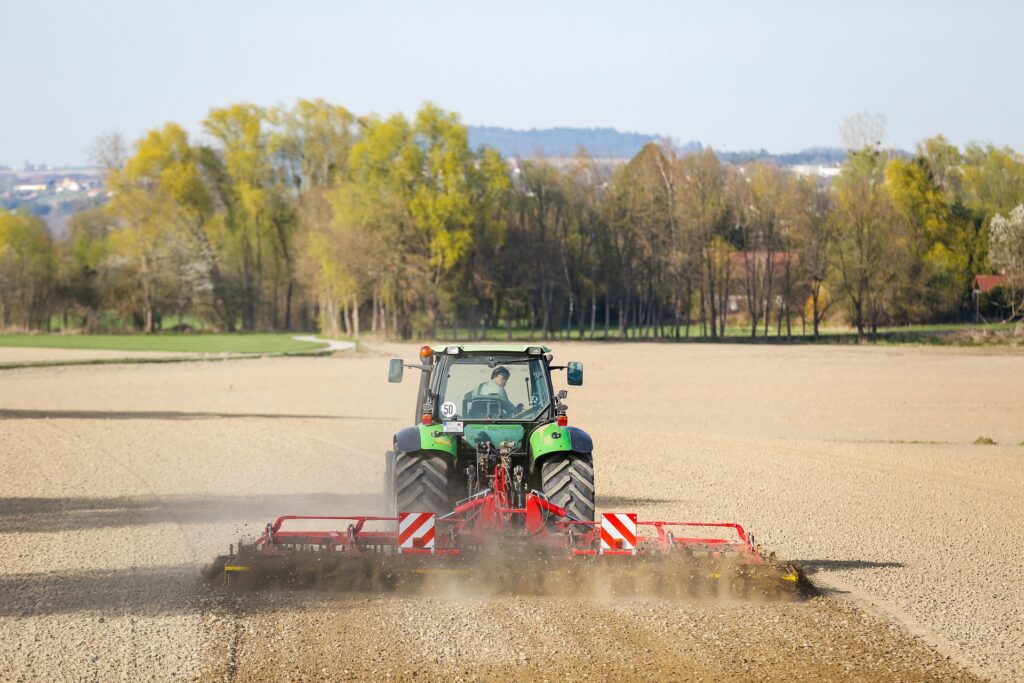
Cost and Accessibility
High Initial Costs: The development and application of nanotechnology in agriculture can involve high initial costs, including research, development, and implementation.
Accessibility: Ensuring that nanotechnology benefits reach small and marginal farmers requires addressing issues related to cost, availability, and education.
Regulatory and Safety Concerns
Regulation: The use of nanotechnology in agriculture requires clear regulatory guidelines to ensure safety and efficacy. Proper regulation and standards are essential to address potential risks.
Health and Environmental Impact: Research is needed to assess the long-term health and environmental impacts of nanomaterials used in agriculture.
Awareness and Training
Knowledge Gap: There is a need for awareness and training programs to educate farmers about the benefits and application of nanotechnology in agriculture.
Technical Expertise: Implementing nanotechnology requires technical expertise and support, which may be limited in some regions.
Research and Development
Ongoing Research: Continuous research and development are crucial to advancing nanotechnology applications, addressing challenges, and optimizing benefits.
Local Adaptation: Adapting nanotechnology solutions to local conditions and specific agricultural needs in India is essential for successful implementation.
Future Prospects of Nanotechnology in Indian Agriculture
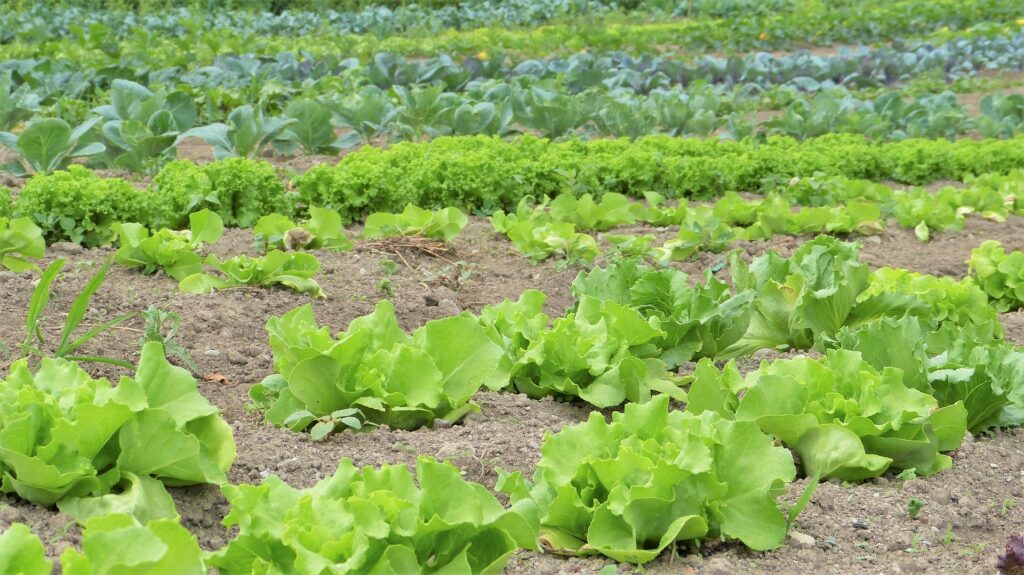
Innovation and Growth
New Applications: The future of nanotechnology in agriculture holds potential for new applications, including advanced sensors, smart irrigation systems, and nanomaterials for crop protection.
Integration with Other Technologies: Combining nanotechnology with other innovations such as artificial intelligence, drones, and remote sensing can further enhance agricultural practices and productivity.
Policy and Support
Government Initiatives: Supportive policies and initiatives can promote the adoption of nanotechnology in agriculture, including funding for research, subsidies, and training programs.
Public-Private Partnerships: Collaboration between government, research institutions, and private enterprises can drive innovation and facilitate the widespread application of nanotechnology in agriculture.
Sustainability and Impact
Sustainable Farming: Nanotechnology has the potential to contribute to sustainable farming practices by improving resource use efficiency, reducing environmental impact, and enhancing crop resilience.
Global Competitiveness: By adopting advanced technologies, India can enhance its global competitiveness in agriculture and contribute to food security and economic growth.
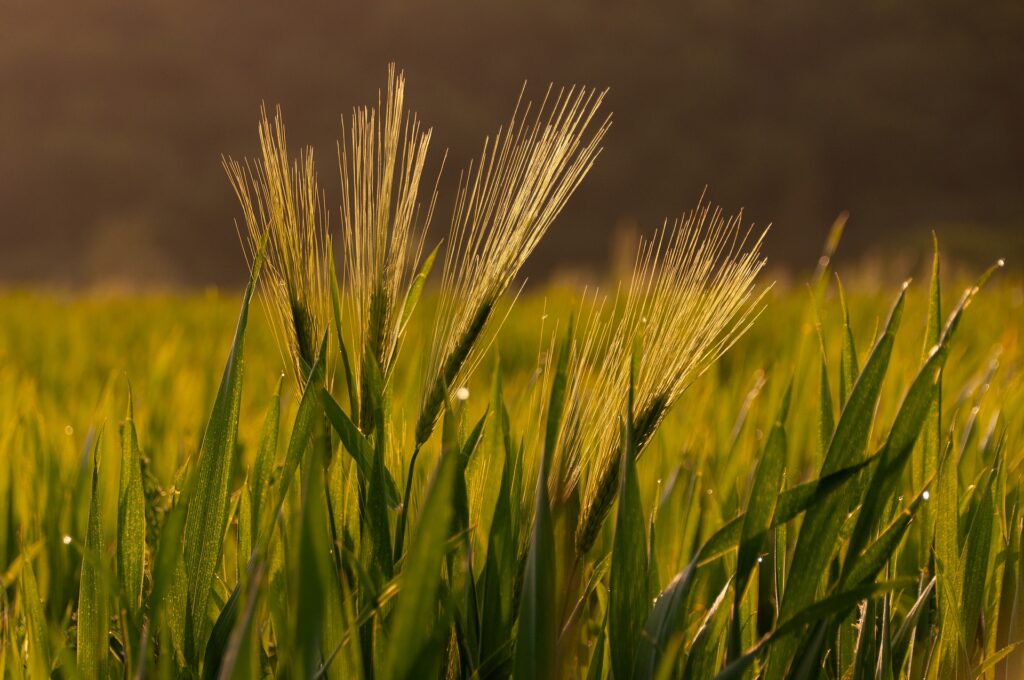
Conclusion
Nanotechnology presents a transformative opportunity for Indian agriculture, offering innovative solutions to enhance productivity, sustainability, and efficiency. By leveraging nanofertilizers, nanopesticides, soil improvement techniques, and precision agriculture, farmers can achieve higher yields, reduced environmental impact, and improved economic outcomes.
While challenges related to cost, regulation, and awareness remain, the future prospects for nanotechnology in Indian agriculture are promising. Through continued research, supportive policies, and collaborative efforts, nanotechnology can play a pivotal role in shaping the future of agriculture in India, contributing to a more sustainable and prosperous agricultural sector.